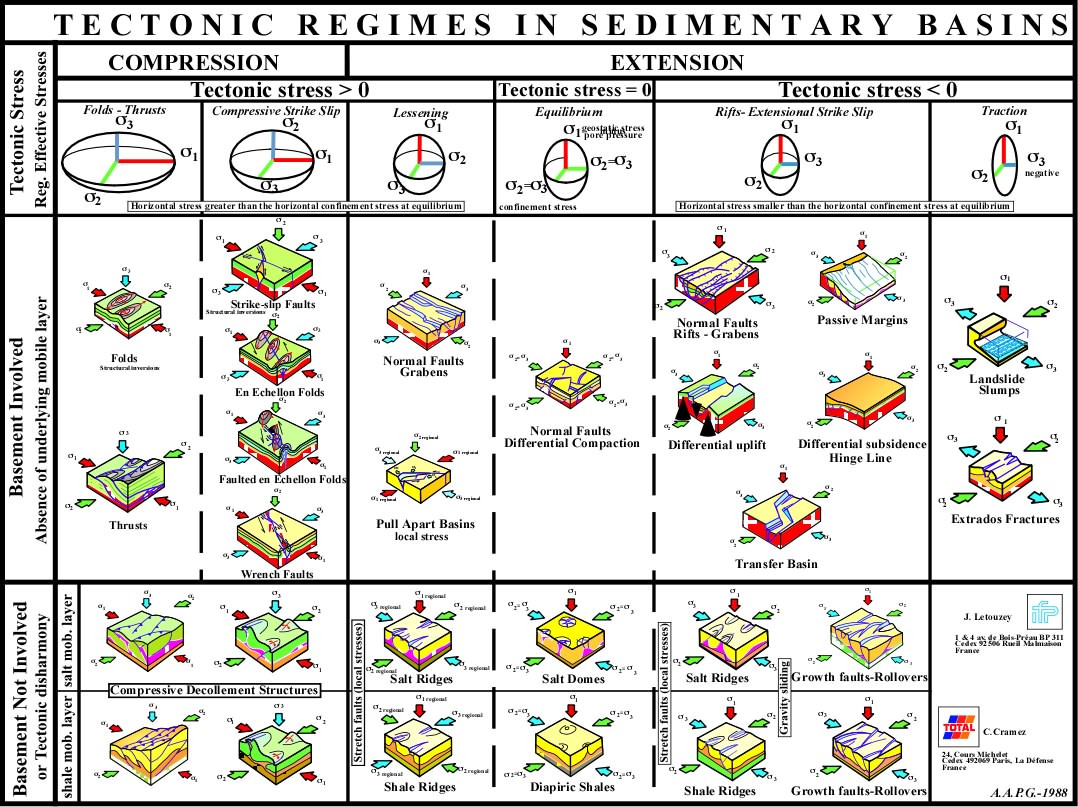


by
Carlos Cramez & Jean Letouzey
Contents:
to continue press
next
Send E-mails to carloscramez@gmail.com or to carlos.cramez@bluewin.ch with comments and suggestions to improve these notes.
Copyright © 2001 Ccramez, Switzerland
Last update: August 2014, May 2022